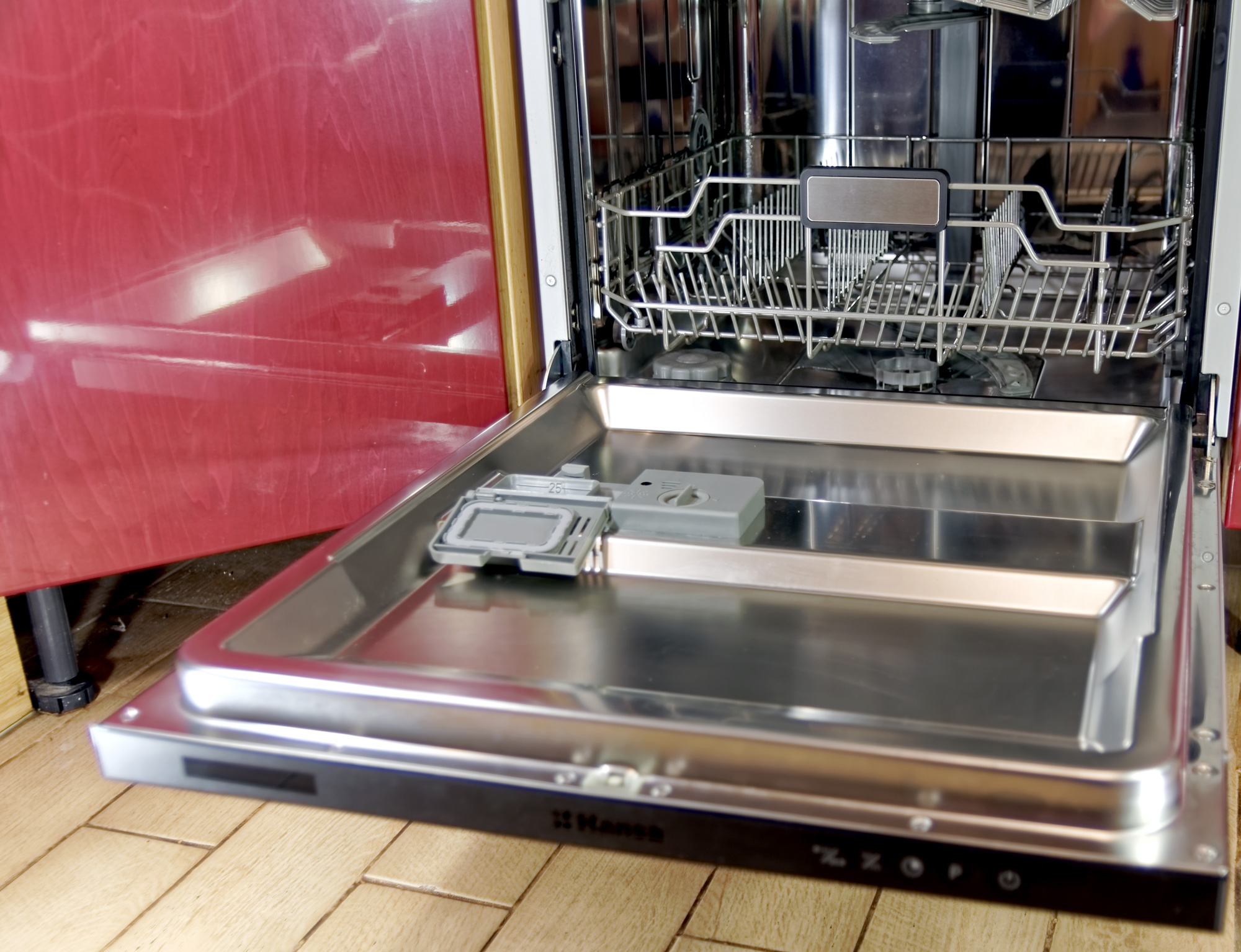Why is there water in the dishwasher and what to do
Even the most reliable equipment is not immune to breakdowns. It would seem that yesterday everything was working properly, but today - there is water in the dishwasher, what to do is not clear: either contact the service, or prepare for an unexpected update.

The most important thing in such situations is not to rush. Often the source of such problems has a simple and explainable origin, which can be eliminated independently.

Possible reasons for refusal
Stagnation of water in the working chamber of dishwashers is not an uncommon phenomenon. Usually, modern devices can identify most of the faults themselves and issue the corresponding error code. However, this can be recognized without their prompting - you just need to open the door.

If dirty water has accumulated at the bottom, in which food debris and debris float, then, despite the best efforts of the engineers from Bosch, Siemens or Electrolux, the dishwasher does not drain the water. As a rule, most of the reasons can be identified on your own.

Note! Even during normal operation, a small amount of water (about 1 cm) always remains at the bottom of the washing chamber - this is done in order to avoid drying out of the rubber seals and gaskets.
Clogged drain system?
Similar problems can arise if the outlet pipe, through which the used water is supplied to the sewer, is clogged.

In addition, there may be a blockage in the sewer itself. Especially if the drain hose is not connected to the central pipe, but to a siphon.
Is it the primary filter?
Modern dishwashers necessarily include a coarse and fine cleaning system.
Thus, if there is water in the dishwasher, the first thing to do is to check the condition of the filters.
Could it be a hose?
Sometimes the reason for the appearance of water in the working chamber can be an incorrect connection of the dishwasher to the sewer.

Here you need to follow the basic requirements:
- The hose connection must not be too high.
- The hose must not be placed below the level of the sewer pipe.
- Avoid kinks and kinks during installation.

Other problems
In some cases, refusal to drain water is manifested due to blocking of the pump impeller. It happens that a solid piece of food or a piece of ceramic gets under its blades - as a result, the pump cannot operate normally and the water is at a standstill.

That is why the instructions strongly recommend that you do not put dishes in the machine immediately from the table or with clearly visible damage.

There is water in the dishwasher, what should I do? Master's tips
The very first thing is to try turning on the forced draining program. All modern machines "know how" to do this. If the water does not leave, you should check the blockage in the hose and the place where the outlet is connected to the sewer. This is why most problems happen.
If the reason is not a blockage, the next step is to clean the filter. To do this, you need to remove the sprinkler, remove the coarse mesh, and then the fine filter. You can put them in order with ordinary detergent and a toothbrush.

It is also necessary to check if the impeller pump is blocked. This can often be recognized by indirect signs. For example, a recently purchased electrolux does not drain the water, the dishwasher hums constantly, but nothing happens.

In the compartment where the filters are located, you need to remove the protective cover of the pump and turn the impeller with a pencil or sushi stick. If it really is jamming, pull out the item and put everything back together.
Important! Some Bosch machines cannot recognize problems in the drainage system and continue to wash dishes in dirty water. Unfortunately, you can find out about this only at the end of the program.

When should you seek help?
If, despite all efforts, water continues to stand in the cooking chamber, you will have to contact the service department.

This may already indicate more serious problems, such as:
- Faulty water level sensor.
- Failure of the drain pump.
- Breakdown or failure in the electronic control board.
In rare cases, the last problem can be resolved by flashing the factory firmware. Nevertheless, the described problems cannot be solved on their own.

Usually, after a full wash cycle, a small amount of water remains at the bottom of the dishwasher - in most cases, this is the norm. Nevertheless, if its level is clearly high, or washing continues without draining, then this is certainly a malfunction.

Thus, when there is water in the dishwasher, what to do everyone decides for himself: you can try to do something yourself, or you can immediately contact the service. Often with such malfunctions, this is the very last option.
Video: causes of dishwasher breakdown















